China
Discover China
China, officially known as the People’s Republic of China, is a vast and diverse country located in East Asia. With a rich history spanning thousands of years, China is renowned for its ancient civilization, cultural heritage, and stunning landscapes. The country is home to a captivating mix of tradition and modernity, making it a fascinating destination for travelers from around the world.

From the majestic Great Wall to the bustling metropolis of Shanghai, China offers a wealth of experiences for visitors. Its bustling cities, vibrant marketplaces, and mouthwatering cuisine provide a glimpse into the country’s dynamic and ever-evolving culture.
Exploring China promises to be an unforgettable journey filled with unique experiences, warm hospitality, and breathtaking sights.
Currency and Economy
Yuan (Renminbi)
The official currency of China is the Yuan, also known as Renminbi (RMB). It is denoted by the symbol ¥. The Yuan is issued by the People’s Bank of China and plays a crucial role in the global economy as one of the primary reserve currencies.

Trade and Export
China has a robust and diverse economy, and it is a major player in global trade. As the world’s largest exporter, China’s economy heavily relies on manufacturing and export of goods. The country’s trade relationships with various nations significantly impact its economic growth and stability.
Economic Reforms
China has undergone significant economic reforms over the past few decades, transitioning from a centrally planned economy to a more market-based system. These reforms have driven rapid economic growth, technological advancements, and increased standard of living for its citizens.

Foreign Investment
China has become an attractive destination for foreign investment due to its vast market, skilled labor force, and rapidly growing consumer base. The country’s openness to foreign investment has contributed to the expansion of various industries and the modernization of its infrastructure.
Chinese Culture and Traditions
- Traditional Festivals: China has a rich cultural heritage with numerous traditional festivals such as the Chinese New Year, Mid-Autumn Festival, and Dragon Boat Festival, each celebrated with unique customs and rituals.
- Tea Culture: The Chinese traditional tea ceremony is an integral part of the culture, emphasizing harmony, respect, purity, and tranquility. It’s a symbol of hospitality and social interaction.

- Calligraphy and Brush Painting: Chinese calligraphy and brush painting are highly revered art forms, reflecting the aesthetics, spiritual depth, and philosophy of the Chinese culture.
- Folklore and Mythology: China’s folklore and mythology are a fascinating blend of ancient legends, mythical creatures, and moral stories, influencing literature, art, and cultural practices.
Traditional Chinese Dance
History and Origins
Traditional Chinese dance has a rich history that dates back thousands of years. It is deeply rooted in Chinese culture and carries with it a strong sense of tradition and storytelling. From classical court dances to folk dances, each style has its own unique origins and significance.

Movements and Symbolism
The movements in traditional Chinese dance are highly symbolic and often imitate natural elements or historical events. Each gesture, step, and posture carries deep meaning, reflecting the stories, emotions, and values important to Chinese culture.

Costumes and Accessories
The costumes and accessories used in traditional Chinese dance are exquisite and meticulously designed. They often feature vibrant colors, intricate embroidery, and flowing fabrics, adding to the visual beauty and cultural significance of the performances.
Famous Chinese Foods
Peking Duck
Peking Duck is a renowned dish from Beijing, known for its crispy skin and succulent meat. The dish has a centuries-old history and is traditionally carved tableside by skillful chefs, enhancing the dining experience.

Xiaolongbao
Xiaolongbao, also known as soup dumplings, is a delicacy hailing from Shanghai. These steamed dumplings are filled with a flavorful broth and savory pork, delivering a burst of flavor with every bite.

Sichuan Hot Pot
Sichuan Hot Pot is a spicy and numbing dish originating from the Sichuan province. Diners cook a variety of meats, vegetables, and tofu in a simmering broth at the table, creating a communal and flavorful dining experience.

The Chinese Flag
Symbolism
The red background of the Chinese flag symbolizes the bloodshed during the revolution, as well as the communist revolution. The large golden star represents the leadership of the Communist Party, while the surrounding four smaller stars represent the four social classes of the country.

Color Meaning
The color red in the flag symbolizes revolution, while the golden color signifies the communist ideology. It reflects the cultural and political heritage of China.
Historical Significance
The Chinese flag has a rich historical significance, representing the struggle for independence and the establishment of the People’s Republic of China in 1949. It is a powerful symbol of national pride and unity.
Map of China
The map of China, also known as the “Golden Shield Project,” is an advanced mapping and geographic information system used in China. It includes detailed and accurate geographical data covering the vast territory of China, from the lush forests of the south to the arid deserts of the north. The map is instrumental in various aspects of Chinese administration, infrastructure development, and urban planning.

Through the use of satellite imagery and advanced technology, the map of China offers an in-depth look at the diverse landscapes, important landmarks, and urban centers across the country. It plays a crucial role in facilitating transportation, environmental protection, resource management, and disaster response. The comprehensive mapping system showcases China’s remarkable geographical diversity and its rich cultural heritage.
For a visual representation of the map of China, you can explore the map of China through an interactive platform to appreciate the intricate details and varied terrains of this vast and vibrant nation.
Given China’s vast size and diverse landscapes, the map serves as an essential tool for travelers looking to explore the natural beauty, historical sites, and modern cities that make China a compelling destination for tourists from around the world.
Beijing – The Capital City
Historical Landmarks
Beijing, the capital city of China, is steeped in history and home to several iconic landmarks. The majestic Forbidden City, a UNESCO World Heritage site, served as the Chinese imperial palace for over 500 years. Its grand halls, traditional architecture, and expansive courtyards are a testament to the opulence of ancient Chinese dynasties.
The city is also adorned with the timeless wonder of the Temple of Heaven, an architectural marvel where emperors of the Ming and Qing dynasties performed sacred rites to ensure good harvests and divine favor. The awe-inspiring Summer Palace, with its tranquil gardens, ornate pavilions, and serene Kunming Lake, is another must-visit attraction.

Modern Marvels
Beijing seamlessly blends its rich history with modern development, as seen in the remarkable structures like the futuristic National Stadium, also known as the “Bird’s Nest,” which hosted the 2008 Olympics.
Visitors can ascend the iconic Beijing TV Tower for panoramic views of the city’s contemporary skyline and bustling urban life.
Additionally, the city houses the impressive National Museum of China, showcasing artifacts and artwork that narrate China’s story from ancient times to the present day. The lively Wangfujing Street, renowned for its vibrant night markets and traditional delicacies, provides a glimpse into Beijing’s exciting modern lifestyle.
Shanghai – The Modern Metropolis
Shanghai, a dynamic and modern metropolis, is one of the most populous and influential cities in China. Known for its ever-changing skyline, the city boasts a unique blend of eastern and western cultures, making it a hub for finance, technology, and innovation.

The city is home to some of the world’s tallest skyscrapers, including the iconic Shanghai Tower, and the historic waterfront area known as the Bund. Visitors can explore the vibrant art scene, indulge in exquisite cuisine, and experience the bustling nightlife.
Xi’an – The Ancient City
- Historic City Walls: Ancient fortifications enclosing the old city area
- Terracotta Army: Thousands of life-sized clay soldiers and horses
- Great Mosque: One of the most important Islamic mosques in China
- Wild Goose Pagoda: An ancient Buddhist pagoda with a rich history
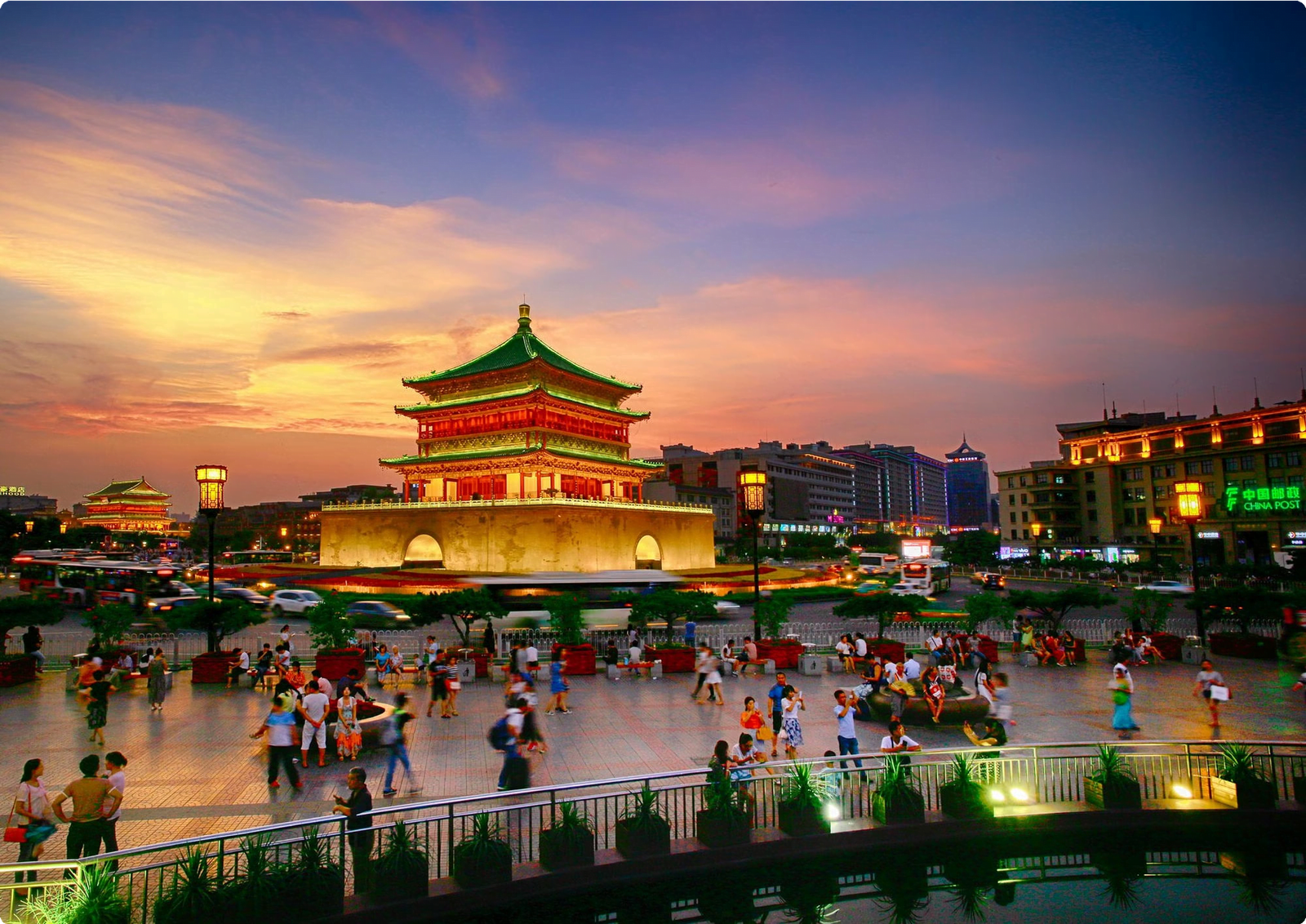
Xi’an, one of the oldest cities in China, holds an abundance of historical significance. The city is renowned for its ancient City Walls, the best-preserved in China, providing a glimpse into the city’s past. The Terracotta Army, a UNESCO World Heritage site, is a collection of stunning life-sized clay soldiers and horses, guarding the mausoleum of Emperor Qin Shi Huang. Xi’an’s Great Mosque is a beautiful blend of traditional Chinese and Islamic architecture, reflecting the city’s diversity. The Wild Goose Pagoda, a symbol of the city, stands tall with a rich history dating back to the Tang Dynasty.
Guilin – The Scenic City
Natural Beauty
Guilin is renowned for its breathtaking natural scenery, characterized by karst limestone formations, crystal-clear rivers, and lush greenery. The city is surrounded by picturesque landscapes that have inspired poets and artists for centuries.
Lijiang River Cruise
A leisurely cruise along the Lijiang River is a must-do when visiting Guilin. The journey offers stunning panoramas of towering limestone peaks, tranquil waterways, and traditional fishing villages, providing an unforgettable experience of Guilin’s natural splendor.
Rice Terraces of Longji
Just a short trip from Guilin, the Longji Rice Terraces present a mesmerizing sight, especially during the golden harvest season. The terraces, carved into the hillsides, create a captivating patchwork of vibrant emerald green, making it a paradise for hikers and photographers alike.
The Reed Flute Cave
Exploring the spectacular Reed Flute Cave is a journey into a surreal underground realm filled with stunning stalactites, stalagmites, and rock formations illuminated in a kaleidoscope of colorful lights, creating a mesmerizing and otherworldly experience.
- Chengdu: The Home of Pandas
- Pandas in the Wild: Natural habitat and behavior
- Panda Research and Conservation: Efforts to protect and preserve the species
- Panda Breeding and Care: Role in breeding and global conservation programs
Chengdu is renowned as the home of the adorable giant pandas. The city is well-known for its research centers and conservation efforts aimed at protecting these beloved creatures. At the top of the pyramid, we have the pandas in the wild, highlighting their natural habitat and behavior. Moving down, we explore the pivotal role played by Chengdu in panda research and conservation, emphasizing the city’s commitment to preserving this iconic species. Finally, we touch on the crucial aspect of panda breeding and care, shedding light on Chengdu’s contribution to global conservation programs through its captive breeding efforts.
Hong Kong – The Vibrant City
Hong Kong, the vibrant city known for its iconic skyline, bustling streets, and dynamic cultural scene, is a metropolis that never sleeps. As a major financial hub and a melting pot of Eastern and Western cultures, Hong Kong offers a unique blend of tradition and modernity. The city’s towering skyscrapers, vibrant street markets, and diverse culinary scene captivate visitors from around the world. With a rich history and a forward-thinking outlook, Hong Kong is a destination that appeals to both leisure and business travelers.
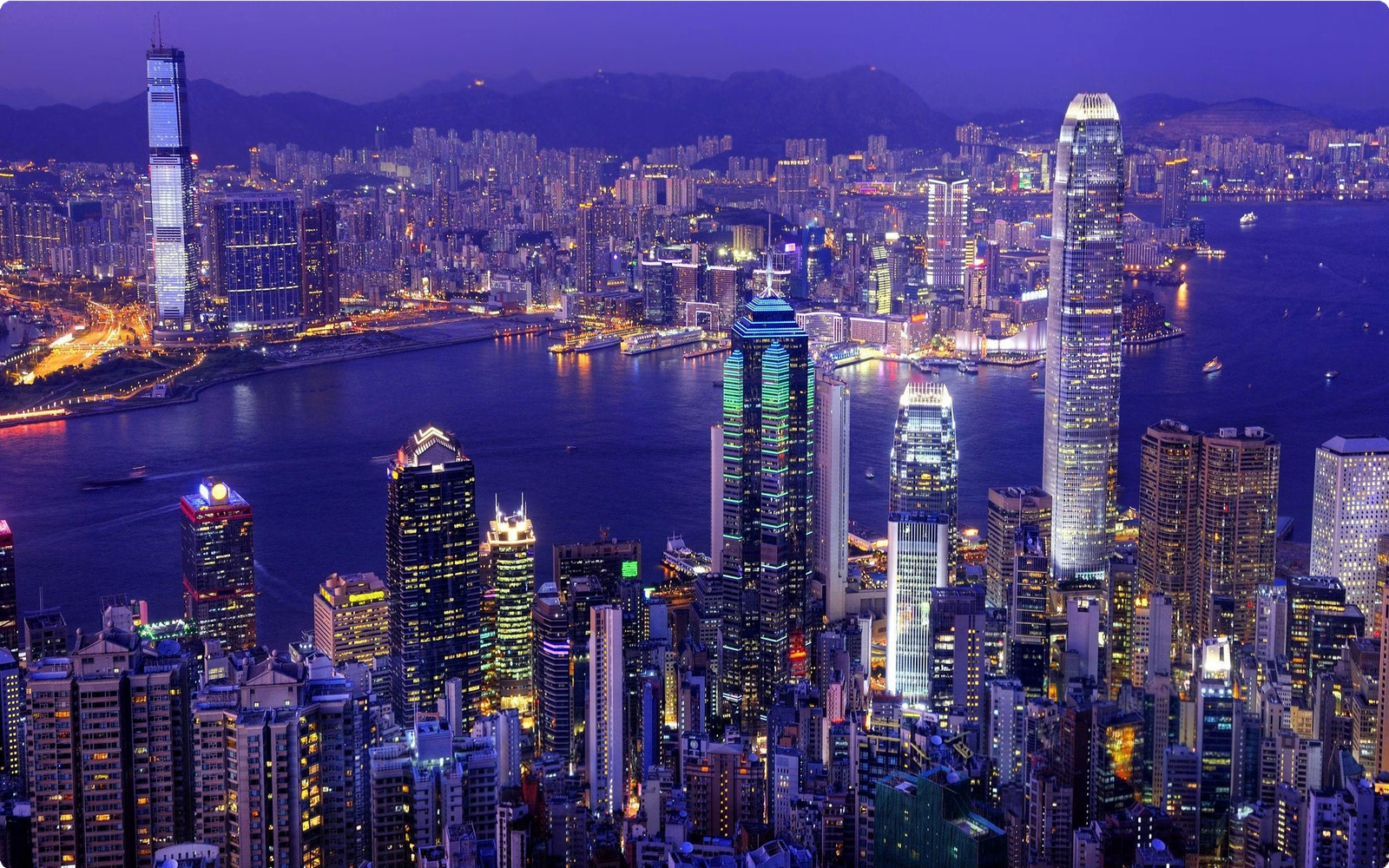
Exploring the dynamic neighborhoods, from the historic Central district to the trendy SoHo area, is an adventure in itself. Visitors can experience the fusion of global influences while enjoying traditional Cantonese cuisine, shopping for luxury goods, and immersing themselves in the city’s energetic nightlife. From the iconic Victoria Harbour to the scenic hiking trails, Hong Kong offers a plethora of experiences that make it a must-visit destination for travelers seeking the excitement of an urban jungle.
Macau – The Las Vegas of Asia
Nightlife Extravaganza
Macau offers a vibrant and dazzling nightlife, earning its reputation as the “Las Vegas of Asia.” The city is adorned with world-class casinos, luxury resorts, and entertainment shows that rival those found in Las Vegas itself. Visitors can experience the thrill of high-stakes gambling, extravagant live performances, and a lively party scene.
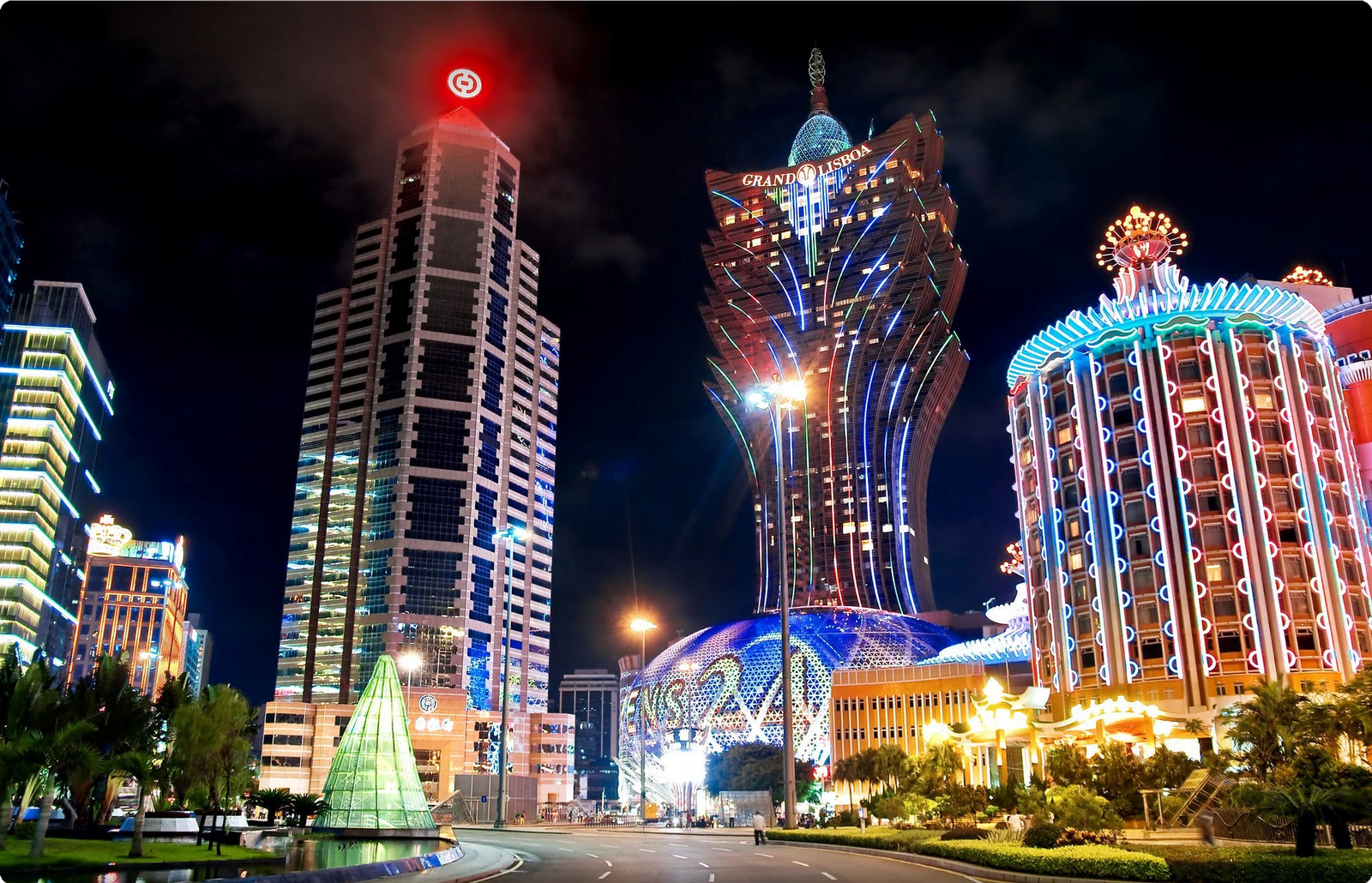
Cultural Fusion
Beyond its glamorous casinos, Macau boasts a rich cultural heritage. The city seamlessly blends
Portuguese and Chinese influences, evident in its architecture, cuisine, and traditions. This unique fusion creates a captivating atmosphere that is both cosmopolitan and steeped in history.
Culinary Delights
Macau is a paradise for food enthusiasts, offering a diverse array of culinary delights. From Michelin- starred fine dining restaurants to vibrant street food stalls, visitors can indulge in a wide variety of delectable dishes. The city’s culinary scene reflects its multicultural identity, with a tantalizing mix of Portuguese, Chinese, and international flavors.
Breathtaking Scenery
Despite its reputation as a bustling entertainment hub, Macau is also blessed with breathtaking natural scenery. Visitors can escape the glitz and glamour of the city to explore tranquil gardens, picturesque hiking trails, and serene beaches. This harmonious blend of urban excitement and natural beauty makes Macau a truly exceptional destination.
Hangzhou – The City of Heaven
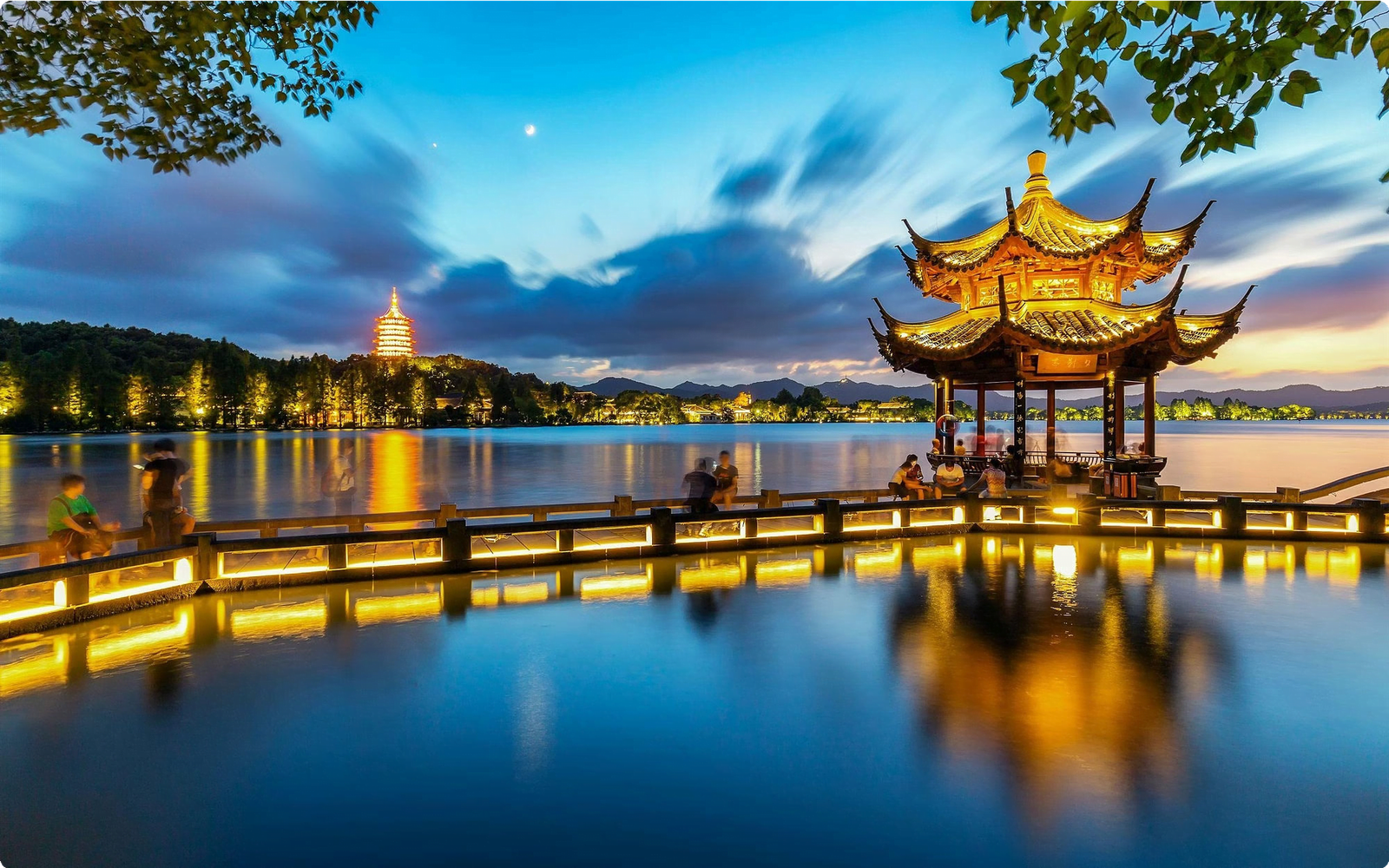
- West Lake: Known for its scenic beauty and cultural significance, the West Lake is a UNESCO World Heritage Site. Visitors can take a leisurely boat ride, stroll along the lakeside paths, and admire the ancient temples and pagodas surrounding the lake.
- Tea Culture: Hangzhou is famous for its Longjing green tea, often referred to as the “national tea of China.” The city offers tea tours where visitors can learn about the tea-making process and participate in traditional tea ceremonies.
- Xixi Wetland Park: This natural wetland area offers a peaceful retreat from the city hustle. Visitors can take boat rides through the canals, observe diverse bird species, and explore the traditional architecture of the water towns.
- Lingyin Temple: One of the largest and most prominent Buddhist temples in China, the Lingyin Temple is a spiritual and architectural marvel. The complex houses ancient grottoes, intricate stone carvings, and serene meditation halls.
Suzhou – The Venice of the East
Ancient Gardens
Suzhou is renowned for its classical gardens, with a history dating back to the 6th century. These gardens are exquisite examples of Chinese garden art and are characterized by their harmonious integration with natural landscapes, intricate architecture, and tranquil water features.

Canal Network
Suzhou’s intricate network of canals has earned it the moniker “Venice of the East.” The canals wind through the old city, showcasing picturesque scenes of traditional architecture, stone bridges, and willow-lined waterways, providing visitors with a serene and idyllic experience.
Silk Industry
Suzhou has a rich history of silk production, making it an important center for the silk industry in China. Visitors can explore silk workshops, learn about the delicate art of silk weaving, and even purchase high- quality silk products, including exquisite garments and textiles.
Zhangjiajie – The Avatar Mountains
Natural Pillars and Towers
Zhangjiajie is known for its unique natural pillars and towers that are shrouded in mist, creating a magical and otherworldly atmosphere. These towering sandstone formations, some reaching over 200 meters in height, served as the inspiration for the floating Hallelujah Mountains in the movie Avatar.

Glass Bridge and Canyon Views
The Zhangjiajie Glass Bridge, suspended over the steep cliffs of the Grand Canyon, offers breathtaking panoramic views of the surrounding landscape. Visitors can experience the thrill of walking on the world’s highest and longest glass-bottomed bridge, providing a stunning perspective of the Avatar Mountains.

Sky Shuttle and Forest Canopy
The Bailong Elevator, also known as the Hundred Dragons Elevator, is a glass elevator built into the side of a cliff, offering a unique and exhilarating ride to the mountain peak. From the top, a sky shuttle takes visitors through the pristine forest canopy, allowing for a bird’s eye view of the surrounding natural wonders.
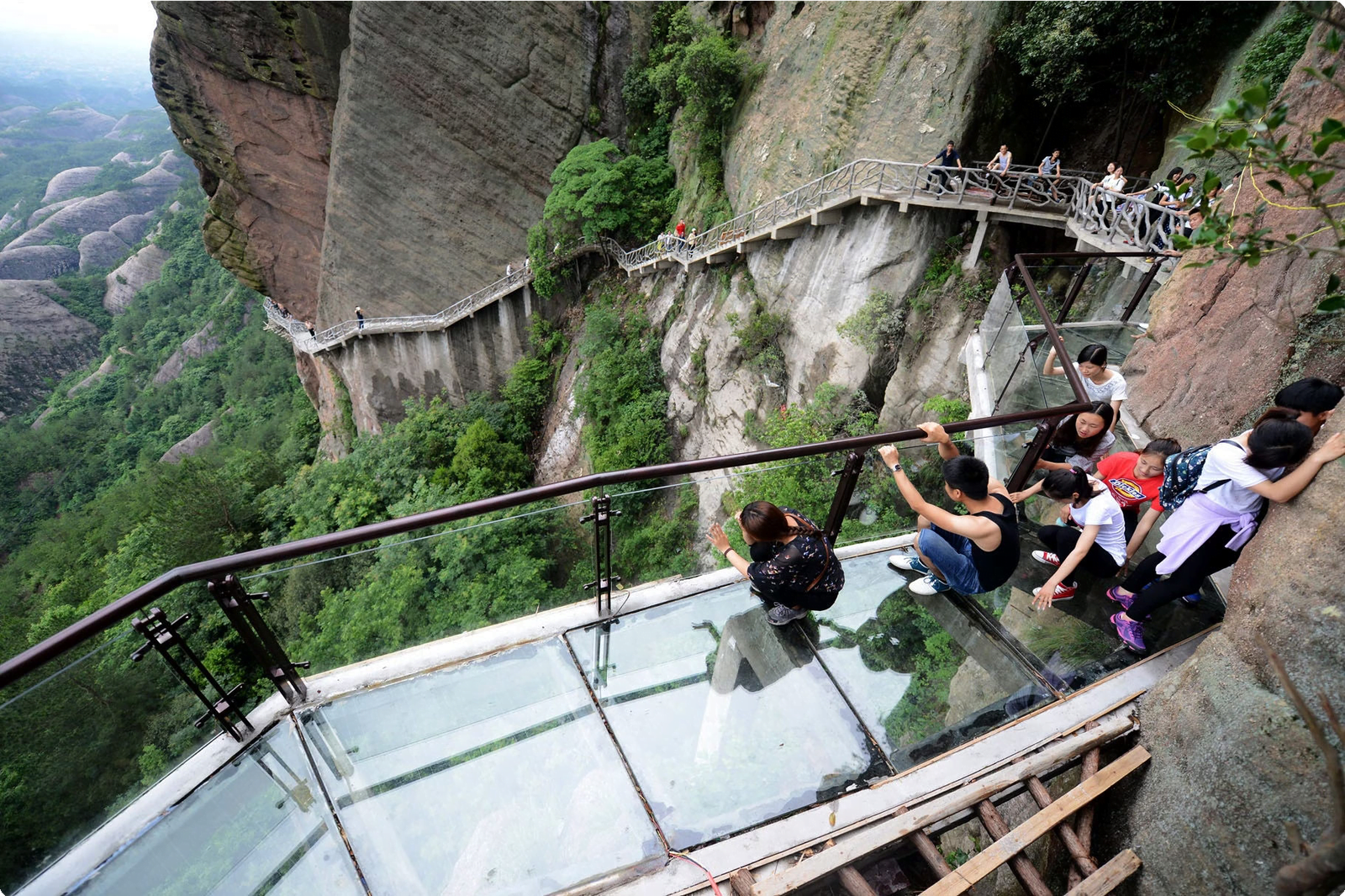
The Great Wall of China
Historical Wonder
The Great Wall of China is a testament to ancient engineering and human perseverance. Constructed over centuries, this monumental structure has withstood the test of time and stands as a symbol of China’s rich history and cultural heritage.

Breathtaking Views
Spanning across diverse landscapes, the Great Wall offers breathtaking panoramic views. From its winding path atop mountain ridges to its expansive vistas, visitors are treated to awe-inspiring scenes that showcase the natural beauty of China.
Defensive Marvel
Originally built for military defense, the Wall represents an incredible feat of strategic planning and defensive architecture. It provides insights into the ancient military tactics and strategic foresight of its builders.
The Terracotta Army
The Terracotta Army, also known as the Terracotta Warriors and Horses, is a collection of life-size terracotta sculptures representing the armies of Qin Shi Huang, the first Emperor of China. It is a UNESCO World Heritage site and is considered one of the greatest archaeological finds in history.
Located in the Shaanxi province of China, the Terracotta Army was discovered by local farmers in 1974. It consists of thousands of intricately detailed statues of soldiers, chariots, and horses that were intended to accompany the emperor into the afterlife.
The level of craftsmanship and artistry displayed in the sculptures is awe-inspiring, with each warrior bearing unique facial expressions and features. The site offers a glimpse into the military, artistic, and technological achievements of the ancient Chinese civilization.
The Forbidden City
The Forbidden City, also known as the Imperial Palace, is a vast complex of grand palaces and pavilions in the heart of Beijing. Built during the Ming Dynasty, it served as the imperial palace for emperors for over 500 years, witnessing the rise and fall of various dynasties. This architectural masterpiece showcases the rich history, culture, and grandeur of ancient China.

With its distinctive red walls and golden roofs, the Forbidden City is a UNESCO World Heritage Site and one of the most well-preserved architectural wonders in the world. Visitors can explore its numerous halls, courtyards, and gardens, gaining insights into the imperial life and governance of ancient China.
Beyond its historical significance, the Forbidden City is a symbol of China’s enduring heritage and a must-visit for anyone seeking to immerse themselves in the country’s imperial past.
The Li River
Scenic Beauty
The Li River is renowned for its breathtaking scenic beauty, characterized by karst mountains, crystal- clear waters, and lush greenery along its banks. The mesmerizing landscape has inspired poets and
artists for centuries, making it one of China’s most picturesque destinations.
Rural Life
As the Li River meanders through the countryside, it offers a glimpse into traditional rural life in southern China. Local fishermen casting their nets from bamboo rafts and water buffalo grazing along the riverbanks create a charming and authentic atmosphere.
Cultural Significance
Beyond its natural beauty, the Li River holds cultural significance as well. The river has been immortalized in Chinese art and literature, symbolizing tranquility, harmony, and the timeless connection between humans and nature.
The Yellow Mountains
The Yellow Mountains, also known as Huangshan, is a UNESCO World Heritage site located in Anhui province, China. It is famous for its iconic granite peaks, pine trees, hot springs, and unique rock formations. The mountain range consists of 72 steep peaks, with the highest peak reaching 1.8K meters above sea level. The Yellow Mountains are often shrouded in mist and offer breathtaking panoramic views. It is considered one of China’s most beautiful and mystical destinations, attracting visitors from around the world.
The Yellow Mountains hold the prestigious title of being the inspiration for countless traditional Chinese paintings and poems. Its stunning natural scenery has captivated artists, poets, and photographers for centuries. Visitors can explore ancient temples, winding paths, and watch the sunrise or sunset from the mountain peaks. Additionally, the Yellow Mountains have been recognized as the second best mountain peak in China, offering an unparalleled experience for nature enthusiasts and adventurers.
A visit to the Yellow Mountains provides an opportunity to immerse oneself in the awe-inspiring beauty and tranquility of the natural world. Whether exploring the misty peaks, experiencing the cultural heritage, or rejuvenating in the hot springs, the Yellow Mountains offer an unforgettable travel experience.
The Potala Palace
- Historical Significance: Symbol of Tibetan Buddhism and former residence of the Dalai Lama
- Architectural Marvel: Unique blend of Tibetan and Han Chinese architectural styles
- Cultural Icon: UNESCO World Heritage Site and a symbol of Tibetan culture and history
The Potala Palace, located in Lhasa, Tibet, is a monumental structure that holds immense historical, cultural, and religious significance. It served as the winter residence of the Dalai Lama, making it an important symbol of Tibetan Buddhism and governance. The architectural design of the palace is a marvel, showcasing a unique blend of Tibetan and Han Chinese styles, and it stands as a cultural icon, recognized as a UNESCO World Heritage Site. The palace’s grandeur and historical importance make it a must-visit for anyone looking to explore the rich tapestry of Tibetan culture and history.
The Bund
The Bund, also known as Waitan, is a renowned waterfront promenade in Shanghai, China. Its iconic skyline features a mesmerizing blend of architectural styles, from majestic Art Deco buildings to modern skyscrapers. The historical significance of The Bund dates back to the early 20th century when it served as a hub for international trade, exhibiting the city’s rich cultural and economic heritage.

Strolling along The Bund offers a captivating glimpse into the city’s past and present. The embankment is lined with grandiose structures that narrate the tales of Shanghai’s evolution, blending the elegance of European architecture with Chinese cultural influences. Visitors can witness a stunning juxtaposition of architectural marvels, outlining the city’s transformation into a global financial center.

The Giant Buddha of Leshan
Breathtaking Statue
The Giant Buddha of Leshan is a magnificent statue carved into the mountainside. Standing at 71 meters tall, it is the largest stone Buddha statue in the world. The serene expression on the Buddha’s face and the intricate details of the carving make it a truly awe-inspiring sight.

Sacred Significance
Constructed during the Tang Dynasty, the statue holds great cultural and religious significance. It is not only a place of worship for Buddhists, but also a symbol of harmony and peace. The architectural feat and spiritual importance make it a must-visit for tourists and pilgrims alike.

Natural Beauty
Set against the backdrop of lush greenery and the flowing waters of the Minjiang River, the Giant Buddha is not only a marvel of human craftsmanship but also a testament to the harmonious coexistence of nature and man-made wonders.

Conclusion and Recommendations
As we conclude our exploration of China, it’s evident that the country’s rich history, vibrant culture, and breathtaking natural landscapes make it a top destination for travelers. From the bustling metropolis of Shanghai to the serene beauty of the Li River, China offers a diverse range of experiences for visitors.

Recommendations for a trip to China would include immersing oneself in the local cuisine, exploring ancient landmarks such as the Great Wall and Terracotta Army, and taking in the modern marvels of cities like Beijing and Hong Kong. Whether it’s the cultural heritage, culinary delights, or architectural wonders, China has something to offer every type of traveler.